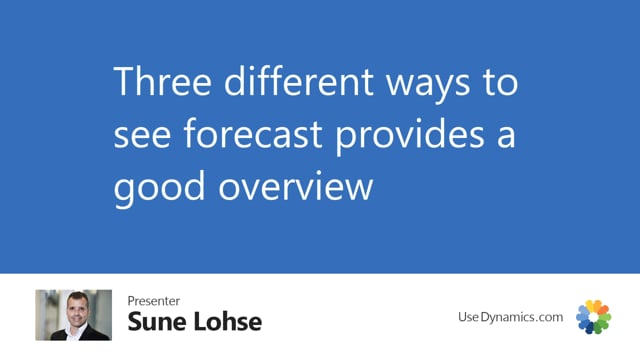
With flexible forecast, we have three different ways of viewing forecast.
This is what happens in the video
So if we search from the item list or item card on forecast, we have the forecast per period, forecast per dimension, or forecast in period for all items.
Those are all different ways of viewing forecast either in one item in many periods, in one item one period, but many dimensions, or in one period for many items and the reason we do this instead of the standard functionality for demand forecast is the possibility to view lines more two-dimensional.
Meaning you have one line, but this item number, date period, start inventory, and then lots of fields with important information for the planner and you can add many columns to this view.
Whereas if you look in the standard demand forecast in Business Central, let me just show you that one.
The forecast will look like this and what we call a matrix view.
I’ll just add here by month filter and if I scroll somewhere to 22, where I have my forecast entries here. I can only see the item numbers and then the forecast quantity, but I have no further information. So I cannot see sales quantities, purchase quantities, etc. So I lack information and it’s more complex to navigate in this more or less 3-dimensional view. So we prefer to have three views instead two-dimensional, but with a lot of added information and more flexibility to work in the view.

